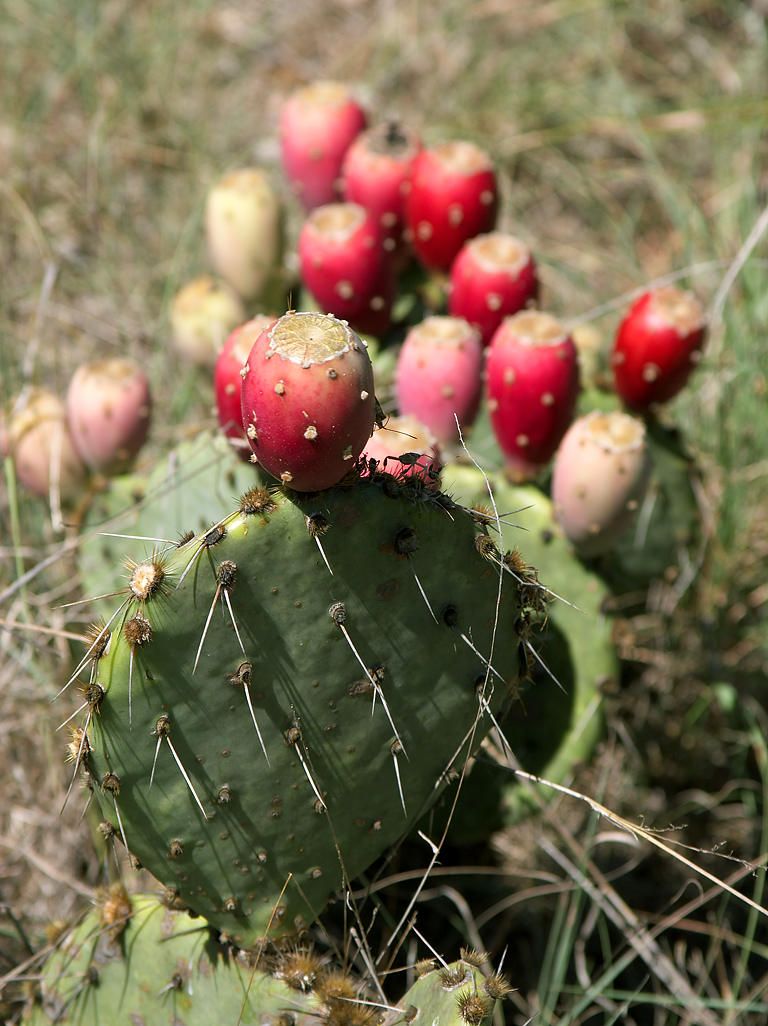|
Opuntia Azurea
''Opuntia azurea'', the purple prickly pear or coyotillo, is a long-spined prickly pear that is native to a variety of habitats, including desert, mountain grasslands, and slopes in the Big Bend region of Texas and in the states of Coahuila, Chihuahua, Durango, and Zacatecas in Mexico. It flowers from March to May, with bright yellow flowers with red centres which produce red/purple fruits. ''Opuntia azurea'' forms sprawling clusters, two to three feet high. Its subspecies may include: * ''O. azurea aureispina'' * ''O. azurea discolor'' * ''O. azurea azurea'' * ''O. azurea diplopurpurea'' * ''O. azurea parva.'' * ''O. azurea arueispina'' However, instead of subspecies, five varieties have been described and ssp. "arueispina" is not recognized. * ''O. aureispina'' * ''O. azurea'' * ''O. discolor'' * ''O. diplopurpurea'', and * ''O. parva''. References {{Taxonbar, from=Q2027541 azurea Flora of Texas Flora of Mexico ... [...More Info...] [...Related Items...] OR: [Wikipedia] [Google] [Baidu] |
Opuntia
''Opuntia'', commonly called prickly pear or pear cactus, is a genus of flowering plants in the cactus family Cactaceae. Prickly pears are also known as ''tuna'' (fruit), ''sabra'', '' nopal'' (paddle, plural ''nopales'') from the Nahuatl word for the pads, or nostle, from the Nahuatl word for the fruit; or paddle cactus. The genus is named for the Ancient Greek city of Opus, where, according to Theophrastus, an edible plant grew and could be propagated by rooting its leaves. The most common culinary species is the Indian fig opuntia (''O. ficus-indica''). Description ''O. ficus-indica'' is a large, trunk-forming, segmented cactus that may grow to with a crown of over in diameter and a trunk diameter of . Cladodes (large pads) are green to blue-green, bearing few spines up to or may be spineless. Prickly pears typically grow with flat, rounded cladodes (also called platyclades) containing large, smooth, fixed spines and small, hairlike prickles called glochid ... [...More Info...] [...Related Items...] OR: [Wikipedia] [Google] [Baidu] |
Flora Of Texas
Flora (: floras or florae) is all the plant life present in a particular region or time, generally the naturally occurring ( indigenous) native plants. The corresponding term for animals is ''fauna'', and for fungi, it is ''funga''. Sometimes bacteria and fungi are also referred to as flora as in the terms ''gut flora'' or ''skin flora''. Etymology The word "flora" comes from the Latin name of Flora, the goddess of plants, flowers, and fertility in Roman mythology. The technical term "flora" is then derived from a metonymy of this goddess at the end of the sixteenth century. It was first used in poetry to denote the natural vegetation of an area, but soon also assumed the meaning of a work cataloguing such vegetation. Moreover, "Flora" was used to refer to the flowers of an artificial garden in the seventeenth century. The distinction between vegetation (the general appearance of a community) and flora (the taxonomic composition of a community) was first made by Jules Thurman ... [...More Info...] [...Related Items...] OR: [Wikipedia] [Google] [Baidu] |

